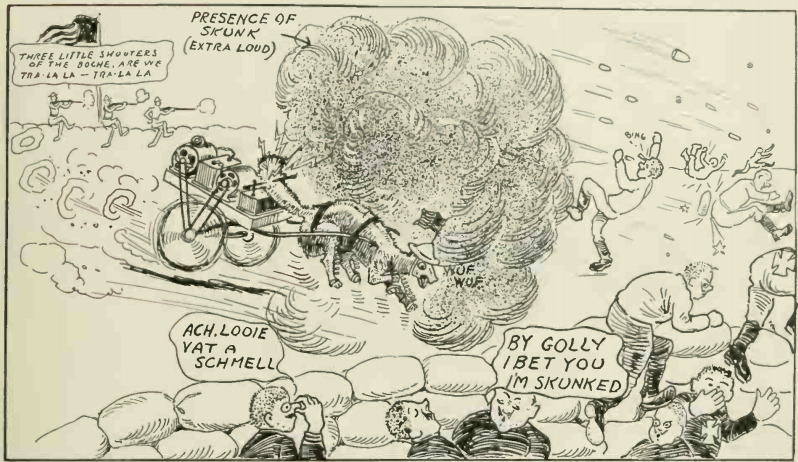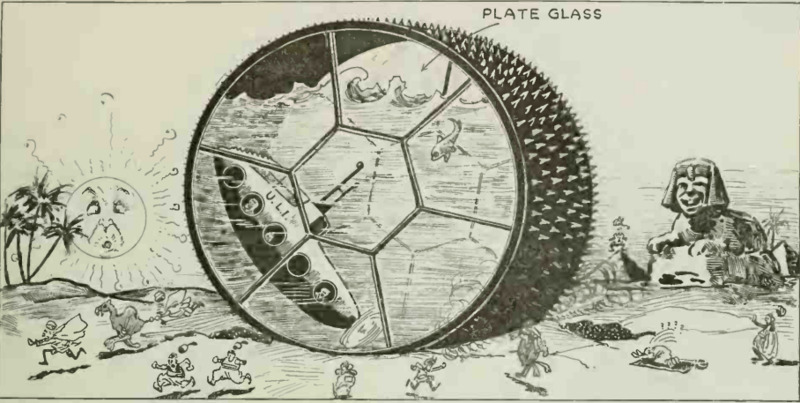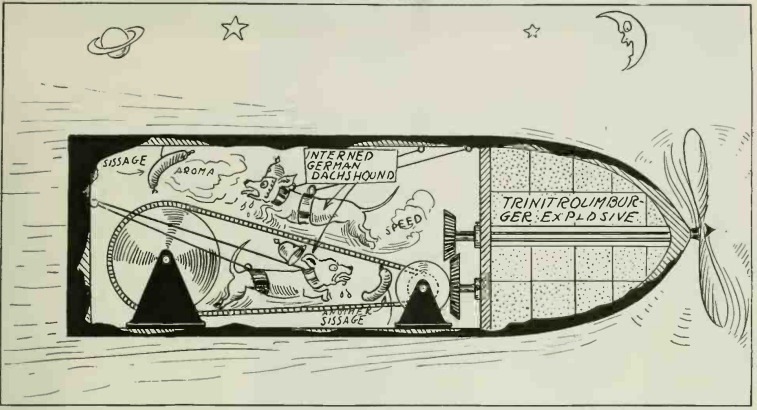Brevetti fasulli: invenzione e satira nella Grande Guerra
Immagina di trovarti negli Stati Uniti e di aprire una rivista di scienza e tecnica nel 1917 , imbattendoti casualmente in una pagina con uno schizzo simile a un fumetto che raffigura uno squalo dotato di un meccanismo esplosivo e puntato contro un sommergibile. In un primo momento ti stupisci di fronte a un’assurdità del genere in una rivista scientifica e inizi a esaminare l’immagine. Si scopre che lo schizzo è un falso brevetto inventato da John Butley di Washington, D.C., pensato appositamente per la rubrica “Phoney Patents” (Brevetti fasulli). Tali brevetti erano concepiti come un “sollievo per tutti gli inventori sofferenti di questo paese così come per l’intero universo”.
Qualche tempo dopo, in un altro numero della stessa rivista, trovi uno schizzo altrettanto fittizio realizzato dall’inventore Rex Purcell dello Iowa. Una puzzola, imbrigliata a un carrello elettrico, si lancia verso le trincee tedesche, dove i soldati sono già presi dal panico e cercano di fuggire dal fetore dell’animale. Il carrello, alimentato dall’elettricità, costringe a sua volta l’animale a correre verso il nemico, disperdendone i ranghi. “I`m skunked” (letteralmente: “Sono fregato”, ma skunk vuol dire puzzola in inglese), recita l’iscrizione sopra le teste dei soldati nemici.
Le invenzioni erano concepite per stupire i lettori con la loro follia e al tempo stesso con la loro ingegnosità tecnica. I primi brevetti riguardavano ogni sorta di invenzioni a carattere militare: sommergibili, trincee, esplosivi ecc. La guerra, inserita in un nuovo contesto tecnologico, con nuovi mezzi di comunicazione e una dimensione globale, diffuse una percezione diversa del conflitto e stimolò l’immaginazione, influenzando il modo in cui uomini e donne lo percepivano [Mosse, 1991]. Di conseguenza, l’esperienza della guerra veniva vissuta non solo sui campi di battaglia, ma anche dai civili, che ricevevano notizie attraverso diversi media – giornali, cartoline, fotografie, ecc. Queste fonti aprono al complesso mondo degli immaginari legati alla guerra.
Immagini di guerra come quelle presenti in “Electrical Exeprimenter” trasformarono completamente la percezione pubblica della guerra come fenomeno terribile che mieteva vite umane, concentrandosi invece in modo specifico sulla componente tecnica del campo di battaglia. Nel febbraio 1919, la rivista pubblicò un brevetto dell’inventore Jose Matz per una tecnologia che avrebbe permesso di muoversi senza ostacoli nel terreno desertico e distruggere le truppe nemiche. Si trattava di un enorme serbatoio a forma di ruota, riempito d’acqua all’interno, con un sommergibile che avrebbe fatto ruotare la ruota e spingerla nel deserto grazie al trasferimento di massa. Il rivestimento appuntito della ruota avrebbe dovuto distruggere le macchine e le truppe dei soldati nemici.
Il volo di fantasia degli inventori soppiantò completamente la narrazione della sofferenza, offrendo invece un punto di vista ingegneristico, insieme al semplice intrattenimento. L’attenzione era rivolta al funzionamento tecnico dell’invenzione, per quanto folle potesse essere. La finzione e il disegno caricaturale erano concepiti per far sorridere e ridere il pubblico. Richiamando G. Mosse, “l’umorismo contribuì in qualche misura a rendere la guerra un’impresa gestibile”. Tale stilizzazione spostava la guerra dalla realtà al mondo dell’immaginario, dove tutto è possibile. Immagini e simboli della guerra vennero manipolati allo scopo di renderne possibile il consumo come intrattenimento [Mazzini, 2021].
Tutte le tecnologie immaginate nel nostro database
-
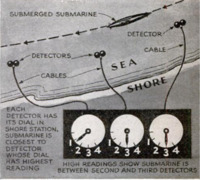 A Submarine Detector
A Submarine Detector -
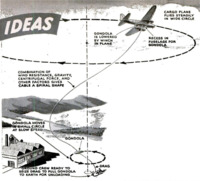 Air Deliveries
Air Deliveries -
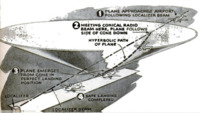 Blind Landings
Blind Landings -
 Seeing Through Fog
Seeing Through Fog -
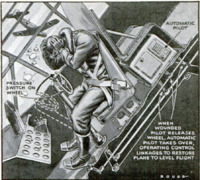 An Emergency Pilot
An Emergency Pilot -
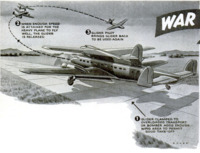 Pickback Gliders
Pickback Gliders -
 A New Direction Finder
A New Direction Finder -
 Infrared De-Icing Radiators
Infrared De-Icing Radiators

